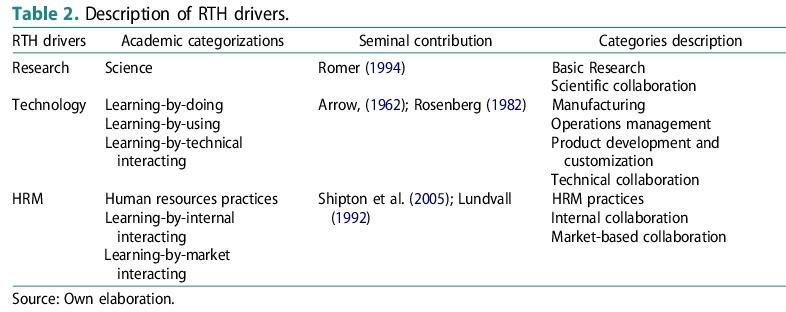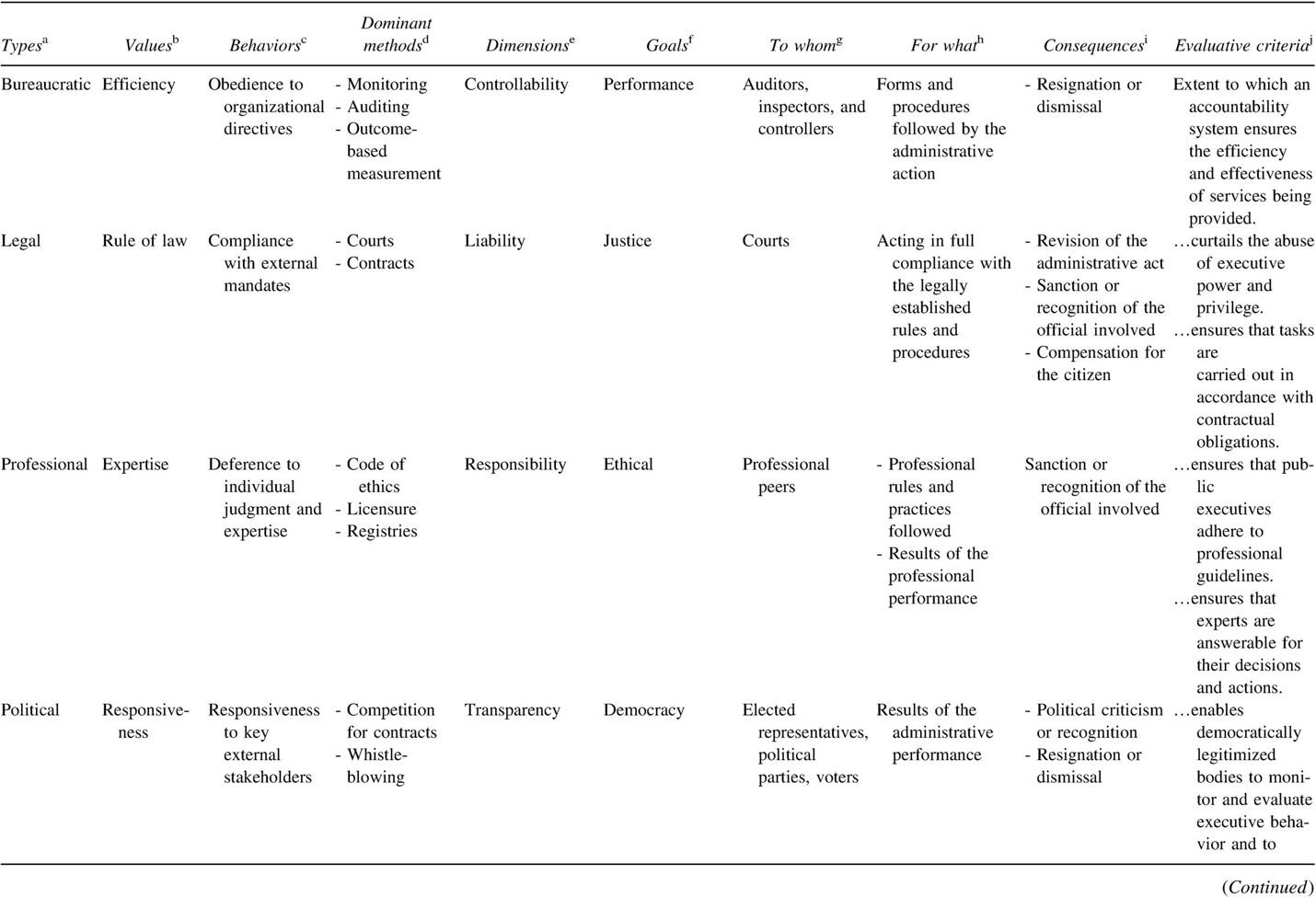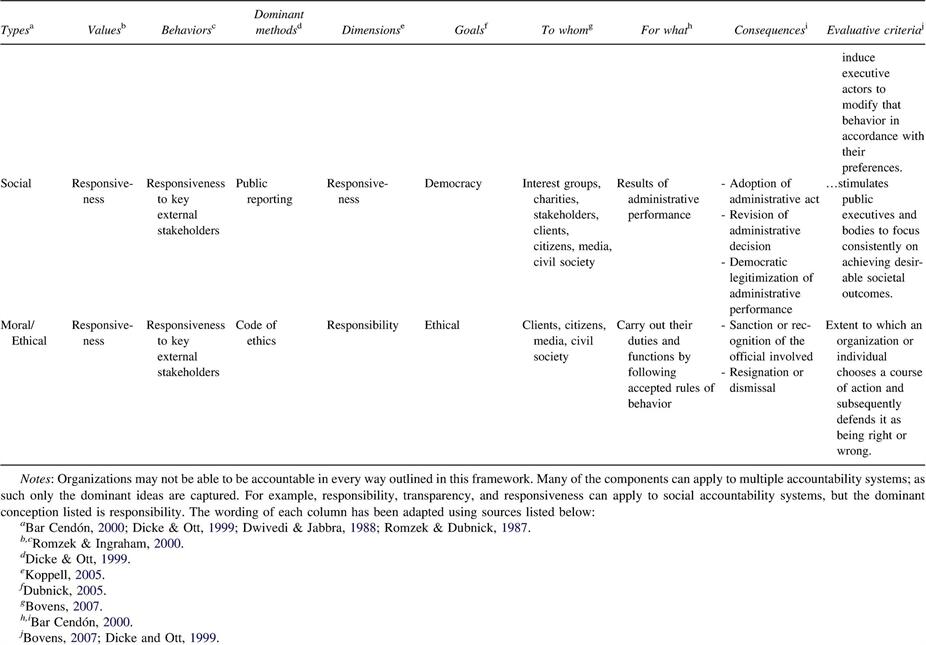High-quality management lies at the core of public and private organizations. However, because of the distinctions in the structure and objectives of the two sectors, professionals have to master the art of administering people differently in governmental and business settings. By examining differences between public and private administration in terms of decision making, human resources, and accountability, it is clear that management in the government sector has more limitations.
Main Differences Between Public and Private Administration
Despite some similarities, public and private management differ in a variety of elements. According to Milakovich and Gordon (2013), the primary objective of the private sector is providing goods and services directly to the individuals in exchange for money. Meanwhile, the goal of the public sector is the distribution of products on a collective basis, which does not reckon for direct payments, but tax returns. Since governmental management is responsible for allocating critical public services, little incentive exists in the industry, leading to the formation of a virtual monopoly with mediocre quality. Lacking the competition of the profit-oriented sector, public administration has to maneuver between political and commercial goals, unable to attain maximum efficiency (Milakovich & Gordon, 2013). As supported by Shafritz and Hyde (2017), to persevere the tension, public managers frequently have to negotiate the final decision with other political forces by creating coalitions, whereas, in the private sector, decisions are delegated to subordinates with little discussion possible. Such tendency demonstrates the need for a government official to coordinate the proposed declarations with the procedural requirements.
The roles of a public and private manager also have distinctions in terms of exposure to media. Shafritz and Hyde (2017) highlighted that with the regular press coverage of governmental decisions, public managers tend to receive more stricture from media outlets. This finding was also supported by Milakovich and Gordon (2013) who compared relationships between media and public administration to a “goldfish bowl of publicity in which they [public managers] are subject to scrutiny and criticism from the press, others outside the agency, and the general public” (p. 38). While business representatives also obtain negative comments from the media, their decisions are less anticipated and reprimanded in the press (Milakovich & Gordon, 2013). Forced to oppose media criticism daily, public officials have to defend their actions more frequently than business representatives.
Implications in Decision Making
Since governmental and business administration usually have different objectives, their decision-making process varies. As explained by Shafritz and Hyde (2017), compared to the private sector, where decisions are made inside the organization, the declarations composed by public management appear more open to the public. Milakovich and Gordon (2013) also mentioned that governmental organizations frequently share some decision-making responsibility with “citizen groups, courts, and various types of boards or commissions” (p. 37), which may prevent public managers from forming a clear chain of order. In other words, despite constant exposure to media, the decision-making process in the governmental sphere may lack transparency.
Other distinctions in the decision-making are connected with the process of composing a declaration itself. Herbert Simon wrote that unlike in the private sector, organizations do not focus on one issue, parallelly discussing several problems (as cited in Peters & Pierre, 2017). Since the government has to collaborate within different structures before making the final decision, the solutions suggested in various departments may not be congruous, causing communication problems. In comparison to businesses, public organizations develop a more stable set of values that influences the decision-making process; for example, consistent appraisals in the governmental sphere impact the process of implementing laws (Peters & Pierre, 2017). Contrarily to businesses, who make decisions based on the individual situation, public organizations usually have to follow an approved set of company’s values.
Implications in Human Resource Management
Even though human talent remains the most valuable resource in both sectors, the process of personnel administration has noticeable distinctions. As mentioned by Saguinsin (2015), the basis of human resource management in the government is Civil Service, a body of professionals who devoted their careers to public service. With the fundamental principle of choosing officials to Civil Service based on their merits, the system is also concerned about giving equal opportunities of employment to people living in all geographical locations to avoid discrimination (Saguinsin, 2015). Strict hierarchy and fixed position terms in public administration create constraints for achieving fast career growth, possible in profit-oriented organizations.
Unlike the public sector, the modern business market has fewer requirements for potential employees. Aiming at hiring people of different backgrounds, educational levels, and experience, businesses allow the HR manager more freedom in recruitment. As summarized in Table 1, the contemporary model of innovative business encourages employers to engage in three interconnected practices: industry research, technology, and HRM (Apanasovich, Alcalde-Heras, & Parrilli, 2017). By using the best human resources practices, the company may recruit qualified employees for long-term cooperation. Subsequently, prospective job candidates in profit-oriented organizations have more choices with a steep career path.
Implications in Accountability
Due to a distinct administration structure in the public and private sectors, management experiences different levels of accountability. As summarized in Table 2, there are several types of liability in the governmental sector (Christie, 2018). According to Peters and Pierre (2017), the two main responsibilities are formal-legal and political (democratic). Formal-legal outweighs the political in the degree of importance, serving as a golden standard when evaluating the actions of the official figure against the law. In case of violating the legal code, a public official is reprimanded by higher levels of bureaucracy. On the contrary, political accountability is connected with the performance of the public manager in response to the promises given to the electorate. Instead of focusing only on the legality of the proposed solutions, democratic responsibility calls for professionalism and decency of the politician (Peters & Pierre, 2017). In other words, its objective is not to accuse the government officials of breaking the law, but to evaluate the actual value of their contributions.
Different levels of responsibility in the public and private sector exist not only because of the accountability types but also due to the separation of power in the government. As followed by Milakovich and Gordon (2013), the vast majority of public organizations are subject to diffuse responsibility, leading to a low level of accountability. The separated nature of power explains the phenomenon in democratic governments, where there is little if any, the incentive for the public officials to take responsibility with dozens of other departments working. Fragmented executive responsibility in the public sector is opposed to the central executive accountability in businesses, meaning that, in most cases, senior leaders of the private organizations are liable for the decisions made (Milakovich & Gordon, 2013). As opposed to formal-legal accountability, Pavlov (2017) emphasized the significance of the person’s work ethics and individual conscience. Such a position shows the need for public managers to accept personal accountability in their work to avoid instances of diffuse responsibility.
Conclusion
Ultimately, public and private management differ in terms of decision-making, human resource management, and accountability. With issues like diffuse responsibility and lack of transparency in the decision-making process, public officials frequently become subject to regular media scrutiny. Lacking the freedom of recruitment and speedy career growth present in the businesses, public administration faces much more constraints in the forms of political oppression and bureaucracy.
References
Apanasovich, N., Alcalde-Heras, H., & Parrilli, M. D. (2017). Description of RTH drivers. Chart. European Planning Studies, 25(11), 1976 – 2000. Web.
Christie, N. V. (2018). A comprehensive accountability framework for public administrators. Chart. Public Integrity, 20(1), 80–92. Web.
Milakovich, M. E., & Gordon, G. J. (2013). Public administration in America (11th ed.). Belmont, CA: Wadsmorth Pubslishing.
Pavlov, I. P. (2017). Public administration. Abingdon, UK: Routledge.
Peters, B.G., & Pierre, J. (2017). The next public administration: Debates and dilemmas. Thousand Oaks, CA: Sage.
Saguinsin, A. (2015). Public administration. Morrisville, NC: Lulu Press, Inc.
Shafritz, J. M., & Hyde, A. C. (2017). Classics of public administration (8th ed.). Boston, MA: Cengage Learning.
Appendix A

Appendix B


